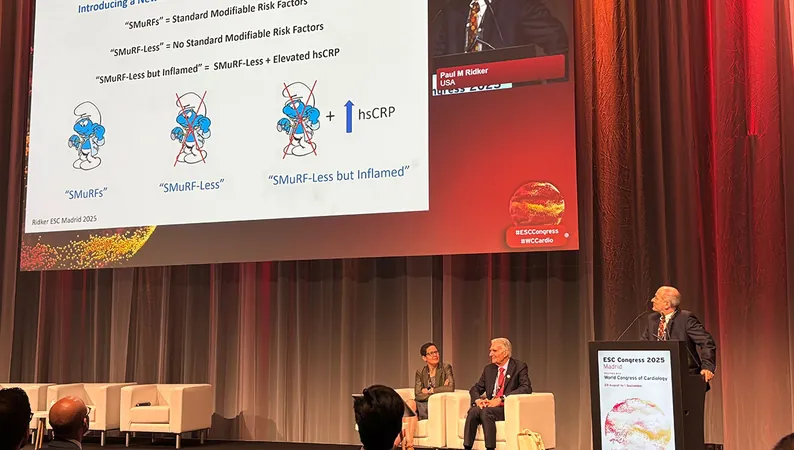
Revolutionary New Method Rewrites the Rules on Measles Vaccination Tracking!
2025-07-26
Author: Mei
Unlocking the Secrets of Vaccination Rates
In a groundbreaking development for global public health, researchers at Penn State, in collaboration with the World Health Organization, have unveiled an innovative technique to estimate measles vaccination rates—even in regions lacking timely survey data. This advancement is crucial, especially as measles cases continue to surge.
A Growing Crisis: The Need for Accurate Data
With the measles vaccine known for its remarkable effectiveness, the reality remains sobering: measles outbreaks still occur, claiming over 100,000 lives annually worldwide. As highlighted by Deepit Bhatia, a key researcher, the vaccine distribution disparities lead to alarming statistics, including over 1,300 confirmed cases of measles in the U.S. for the first half of 2025—the highest in 33 years.
Current Data Collection Tools Fall Short
The conventional methods of tracking vaccination rates, such as the Demographic and Health Surveys (DHS), are often slow and costly. While these surveys—considered the gold standard—are conducted only every three to five years, administrative vaccination estimates, although more frequent, often lack accuracy and can be biased. This gap leaves regions vulnerable to outbreaks.
Bridging the Gap: A New Predictive Model
The research team sought to create a model that balances the accuracy of DHS with the timeliness of administrative estimates. They leveraged data routinely collected during potential measles case treatments at clinics, analyzing key indicators like patient age and vaccination status. This data-driven model has demonstrated impressive predictive accuracy.
Promising Results and Future Implications
Bhatia noted, "Our method aligns more closely with DHS data than traditional administrative estimates." This new approach not only offers a cost-effective and accessible way to estimate vaccination rates but also holds the potential to inform public health policy swiftly in the face of outbreaks.
A Timely Solution to an Urgent Need
With recent funding changes putting DHS programs on hold, the timing of this new methodology could hardly be better. As noted by Matt Ferrari, a leader in the research effort, this innovation serves as a vital stopgap, ensuring leaders can continue to make informed public health interventions.
Join the Fight Against Measles!
As measles remains a looming threat, this new model could drastically improve public health responses around the globe. Researchers hope that such innovations will help close the immunization gap and ultimately save lives. Stay tuned for more updates as this crucial research develops!


 Brasil (PT)
Brasil (PT)
 Canada (EN)
Canada (EN)
 Chile (ES)
Chile (ES)
 Česko (CS)
Česko (CS)
 대한민국 (KO)
대한민국 (KO)
 España (ES)
España (ES)
 France (FR)
France (FR)
 Hong Kong (EN)
Hong Kong (EN)
 Italia (IT)
Italia (IT)
 日本 (JA)
日本 (JA)
 Magyarország (HU)
Magyarország (HU)
 Norge (NO)
Norge (NO)
 Polska (PL)
Polska (PL)
 Schweiz (DE)
Schweiz (DE)
 Singapore (EN)
Singapore (EN)
 Sverige (SV)
Sverige (SV)
 Suomi (FI)
Suomi (FI)
 Türkiye (TR)
Türkiye (TR)
 الإمارات العربية المتحدة (AR)
الإمارات العربية المتحدة (AR)